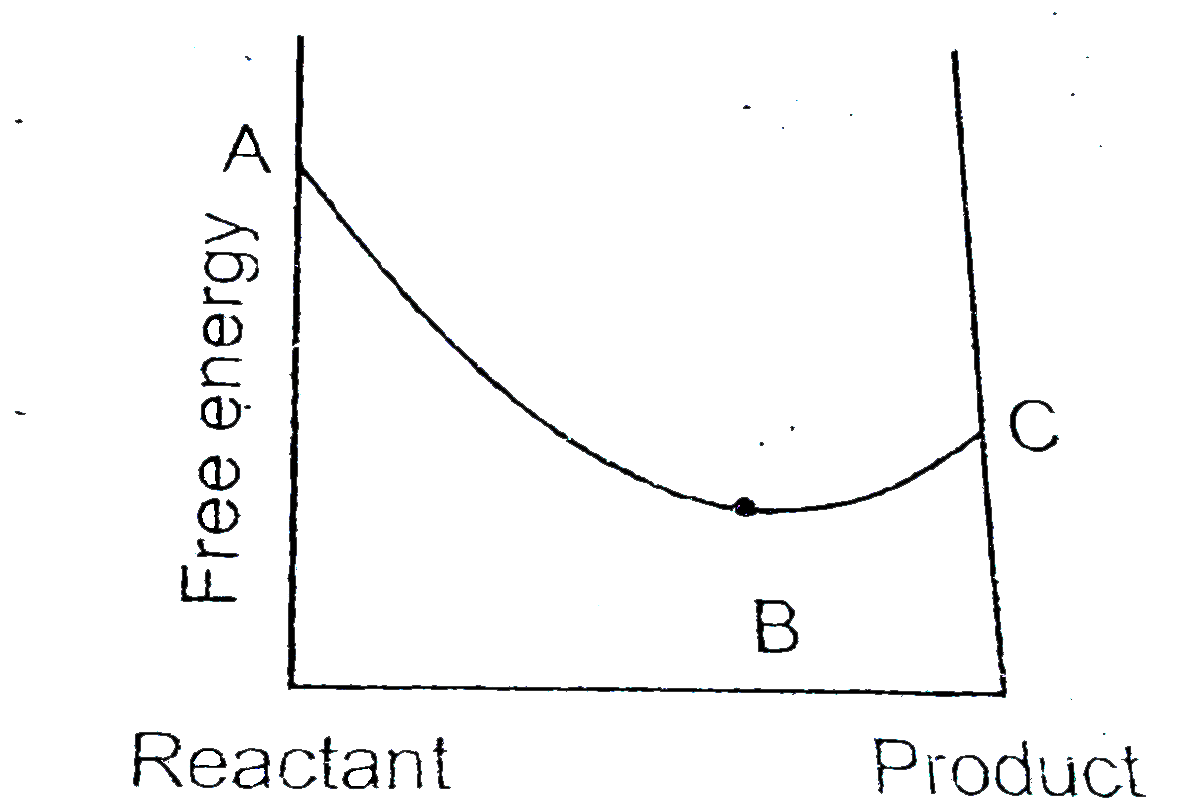The dependence of nuclear force on distance between nucleons is not known precisely, but approximate variation is shown graphically. From graph which of following statement cannot be concluded ?

A
Nuclear force is repulsive for separation less than 0.5 fermi
B
Nuclear force is attractive for separation less than 0.3 fermi
C
Nuclear force is attractive for separation more than 0.5 fermi
D
Nuclear force is negligible when separation between nucleon is more than 10 fermi
Video Solution
Text Solution
The correct Answer is:B
Characterstic of nuclear forces
|
Topper's Solved these Questions
- NUCLEAR PHYSICSBOOK - NARAYNACHAPTER - NUCLEAR PHYSICSEXERCISE - Level-V Multiple answer questions
45 Videos
- NUCLEAR PHYSICSBOOK - NARAYNACHAPTER - NUCLEAR PHYSICSEXERCISE - NCERT Based question
72 Videos
- NUCLEAR PHYSICSBOOK - NARAYNACHAPTER - NUCLEAR PHYSICSEXERCISE - Level-III
38 Videos
- MOVING CHARGES AND MAGNETISMBOOK - NARAYNACHAPTER - MOVING CHARGES AND MAGNETISMEXERCISE - EXERCISE - 4
20 Videos
- NUCLEI BOOK - NARAYNACHAPTER - NUCLEI EXERCISE - ASSERTION & REASON
5 Videos
Similar Questions
Knowledge Check
Which of the following statements is true for nuclear forces?
AThey obey the inverse square law of distance.BThey obey the inverse third power law of distanceCThey are short range forcesDThey are equal in strength to electromagntic forcesFrom the Ellingham graphs on carbon, which of the following statements is false?
ACO2 is more stable than CO at less than 983 KBCO reduces Fe2O3 to Fe at less than 983 KCCO is less stable than CO2 at more than 983 KDCO reduces Fe2O3 to Fe in the reduction zone of blast furnace.From the Ellingham graphs of carbon, which of the following statements is false?
ACO2 is more stable than CO at less than 983 K.BCO reduces Fe2O3 to Fe at less than 983 K.CCO is less stable than CO2 at more than 983 K.DCO reduces Fe2O3 to Fe in the reduction zone of blast furnace.
From the Ellingham graphs of carbon, which of the following statements is false?
View SolutionWhich of the following statements is incorrect for nuclear forces?
View SolutionFor the graph shown in figure -4.17, which of the following statement is/are possible?

View SolutionFrom the Ellingham graphs of cabron, which of the following staement is false?
View SolutionWhich one of the following statements is true for nuclear forces?
View Solution

